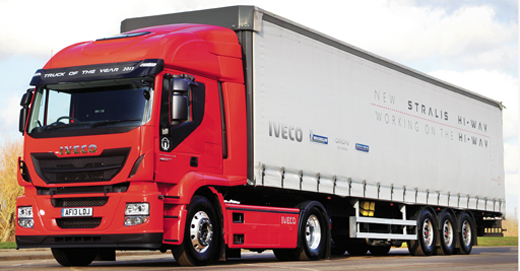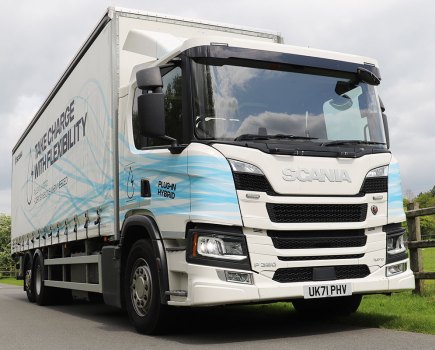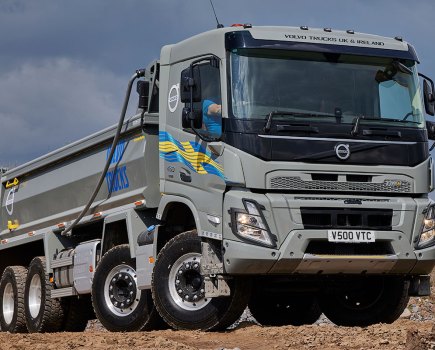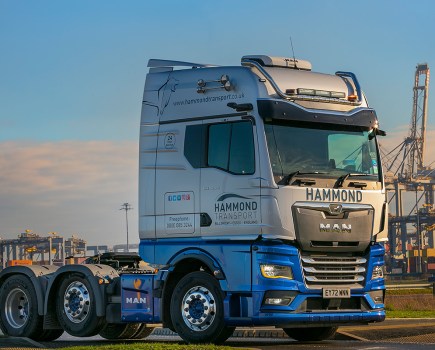
Iveco’s new Stralis demonstrates the design and performance improvements we’ve all been waiting for
By Steev Hayes
Photography Iveco / Steev Hayes
It was half way through last year that Iveco launched its all-new Stralis range (Trucking, August, 2012), having already announced production of an engine which met Euro 6 emissions standards just using selective catalytic reduction (SCR). The new truck had been long-awaited by an eager press and an industry curious to see what Iveco would come up with.
The Italian truck maker has been ramping up its game in an attempt to win greater driver acceptance and grab a bigger slice of market share. Iveco is the first to acknowledge it had problems in the past – both with its products and with support – but is confident those issues have all been addressed, and the new Stralis marks a new beginning.
The cab has the familiar looks of the previous model, but the aerodynamics are markedly improved, with smoother lines and softened corners. Iveco feels some modern trucks still have a fairly aggressive look to them, so the new Stralis has a smiley appearance at the front and, with ultra-clean Euro 5 EEV and Euro 6 engines available, they are likely to be welcomed into urban areas as they go about their business.

Class and comfort
On the inside, the driver’s life has been made a whole lot better. Once in the cab, it becomes evident this is more than just another fleet-spec truck – it has a touch of class about it. Materials used on the inside are of high quality, but also appear to be made to last and should cope with wear and tear of daily life on the road. The dash is ergonomically-designed, with a wrap-around driver’s workplace area.
Switches, while still nice and chunky, are improved and more user-friendly. They too have a feel of quality about them. The steering wheel is shaped and has ‘grip’ portions at the optimum position for the driver’s hands. The stalks which control the indicators, wipers, headlight dip and main beam, and cruise control are solidly crafted, and the transmission controls are now push buttons on the dash – a move which has opened up interior space by losing the gearshift lever console. The bunk, which offers improved comfort through use of slats in the base and a better mattress, is shaped and is wider on the passenger side, tapering behind the driver’s seat. The driver would probably choose to sleep with his head at the wider end. This would take him away from the side of the truck most likely to be closer to passing traffic, in the likely event he would have to park up in a lay-by overnight.
A high roof and good-sized overhead lockers give the driver a decent amount of storage space, and the two on either side have locks. The hatches on these are made from quality materials and close with a reassuring ‘clunk’ (as do the cab doors). There are also handy storage lockers under the seats, where drivers can store gear they need to have to hand when making deliveries, or they could use them to hide valuables.
 Read the rest of this test, including spec and verdict, in the May issue of Trucking – available here
Read the rest of this test, including spec and verdict, in the May issue of Trucking – available here






